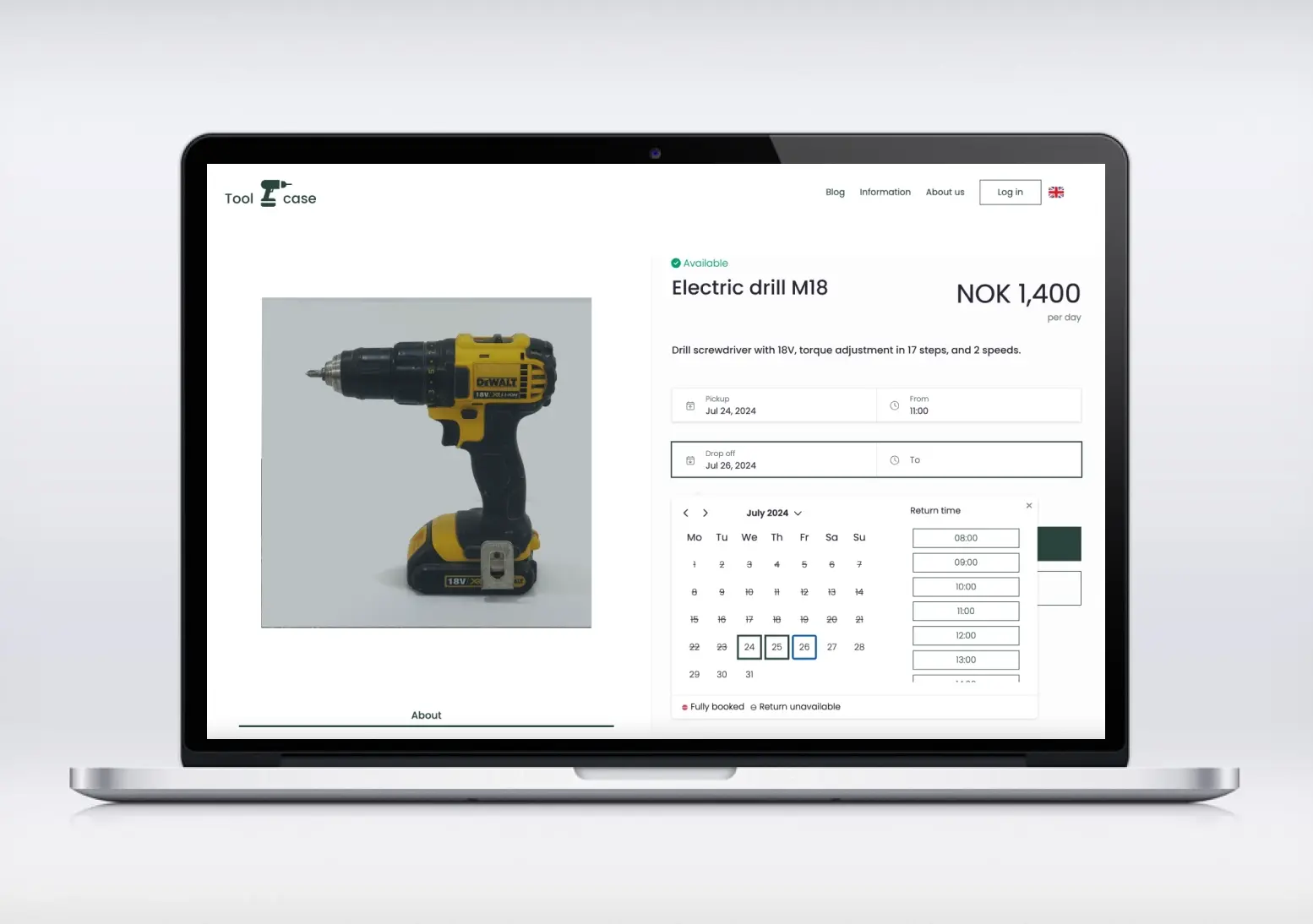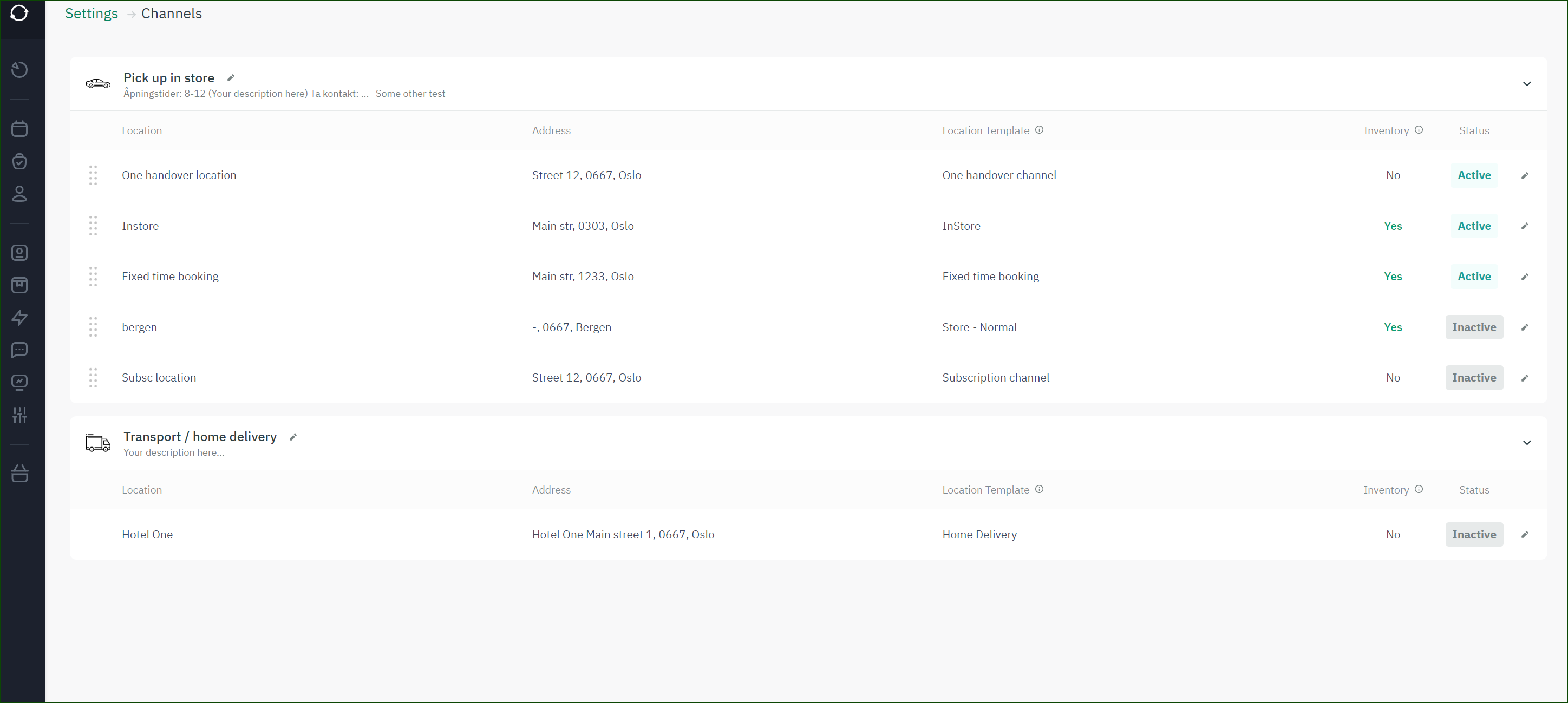In the dynamic world of event planning and management, running a successful event rental business requires more than just an extensive inventory and excellent customer service. A crucial aspect that plays a pivotal role in the prosperity of such businesses is the implementation of effective pricing strategies. This article aims to delve into various pricing models and strategies that event rental businesses can leverage, discussing the advantages and disadvantages of each, and providing practical examples to help you understand how to apply them in real-world scenarios.
Main keyword: event rental business Secondary keyword: event rental software
Section 1: Understanding the Importance of Pricing in Your Event Rental Business
Before diving into specific pricing strategies, it is essential to comprehend the significance of pricing in your event rental business. Pricing not only affects your profitability but also influences the perceived value of your services, your competitiveness in the market, and your ability to attract and retain customers.
- Profitability: Your pricing strategy directly impacts your bottom line. Setting the right prices ensures that you cover your costs and generate a profit, which is vital for the sustainability and growth of your business.
- Perceived Value: The prices you set help shape the perceived value of your rental items and services. Price them too low, and customers might question the quality; price them too high, and you might deter potential clients.
- Market Competitiveness: Your prices should reflect your position in the market and help you stay competitive. Understanding your competitors’ pricing can aid in setting prices that are competitive yet profitable.
- Customer Attraction and Retention: Attractive pricing can lure in new customers and help retain existing ones, contributing to the overall success of your business.
Learn more about optimizing your event rental business with Sharefox’s event rental software.
Section 2: Pricing Models for Event Rental Businesses
There are various pricing models that event rental businesses can adopt. Below, we explore some of the most common ones, along with their pros and cons.
2.1 Hourly or Daily Rental Rates
- Description: Charging customers based on the number of hours or days they rent your items.
- Pros:
- Simplicity: Easy for customers to understand and calculate.
- Flexibility: Allows for short-term rentals, catering to a wider audience.
- Cons:
- Potential for Lower Profitability: Longer rentals might be more profitable with a flat rate.
- Increased Administrative Work: More frequent rentals mean more administrative tasks.
2.2 Package Deals
- Description: Offering a bundle of items or services at a discounted rate.
- Pros:
- Increased Sales: Encourages customers to rent more items.
- Simplified Pricing: Makes the decision-making process easier for customers.
- Cons:
- Risk of Lower Profit Margins: Discounts can lead to lower profit margins.
- Complexity: Requires careful calculation to ensure profitability.
2.3 Premium Pricing for High-Demand Periods
- Description: Charging higher rates during peak seasons or for popular items.
- Pros:
- Increased Revenue: Capitalizes on high demand to generate more income.
- Better Inventory Utilization: Ensures that your most popular items are priced accordingly.
- Cons:
- Potential for Lost Business: Higher prices might deter some customers.
- Risk of Negative Perception: Customers might view this as price gouging.
Discover how event rental software can help optimize your pricing strategies.
Section 3: Implementing Discounts and Promotions
Discounts and promotions can be a powerful tool to attract customers, increase sales, and improve customer loyalty. However, they need to be used strategically to ensure they contribute positively to your bottom line.
3.1 Early Bird Discounts
- Description: Offering a discount for bookings made well in advance.
- Advantages:
- Improved Cash Flow: Generates income during off-peak times.
- Better Inventory Planning: Allows for better planning and utilization of inventory.
- Disadvantages:
- Reduced Profit Margins: The discount might reduce profit margins on popular items.
- Risk of Devaluing Services: Customers might expect discounts as the norm.
3.2 Bulk Rental Discounts
- Description: Providing a discount for large orders or long-term rentals.
- Advantages:
- Increased Order Value: Encourages customers to rent more items.
- Better Inventory Utilization: Ensures that inventory is being rented out in bulk.
- Disadvantages:
- Potential for Reduced Profitability: Must ensure that the discount doesn’t negate profitability.
- Complexity: Requires careful management to ensure inventory availability.
3.3 Loyalty Programs
- Description: Offering rewards or discounts to repeat customers.
- Advantages:
- Customer Retention: Encourages repeat business and customer loyalty.
- Positive Word-of-Mouth: Satisfied repeat customers are likely to refer others.
- Disadvantages:
- Administrative Overhead: Requires a system to track and manage loyalty rewards.
- Potential for Reduced Profit Margins: Discounts must be balanced against profitability.
Learn how Sharefox’s event rental software can streamline your discount and promotions strategy.
Section 4: Leveraging Technology for Pricing Optimization
In today’s digital age, event rental businesses can greatly benefit from leveraging technology to optimize their pricing strategies.
4.1 Event Rental Software
Utilizing event rental software can streamline your pricing strategies, ensuring consistency, accuracy, and efficiency. Sharefox, for instance, offers a comprehensive solution tailored for rental businesses.
- Advantages:
- Automated Pricing: Ensures accurate and consistent pricing across all channels.
- Real-Time Inventory Management: Helps in optimizing prices based on availability and demand.
- Detailed Reporting: Provides insights into which pricing strategies are most effective.
4.2 Dynamic Pricing
Implementing dynamic pricing strategies, where prices fluctuate based on demand, availability, and other factors, can further optimize your revenue.
- Advantages:
- Maximizes Revenue: Ensures that you are charging the optimal price at all times.
- Competitive Edge: Keeps your pricing competitive in real-time.
- Disadvantages:
- Complexity: Requires sophisticated software and algorithms.
- Risk of Negative Perception: Customers might be deterred if prices fluctuate too frequently or dramatically.
Conclusion
Implementing effective pricing strategies is crucial for the success of your event rental business. By understanding the various pricing models, utilizing discounts and promotions strategically, and leveraging technology for pricing optimization, you can enhance your profitability, stay competitive, and attract and retain customers. Sharefox’s event rental software stands as a robust solution to support you in navigating these complexities, ensuring that your business thrives in the competitive event rental market.
Remember, the key is to find a balance that meets your business’s unique needs and goals, while also providing value to your customers. With the right approach, your pricing strategy can become a powerful tool for growth and success.
For further insights and support in optimizing your event rental business, explore Sharefox’s comprehensive suite of tools and resources here.
Frequently Asked Questions (FAQs)
Q1: What is the best pricing strategy for a start-up event rental business?
A1: For start-ups, a competitive pricing strategy may be beneficial. This involves setting prices in line with or slightly below those of established competitors. It helps attract customers and build a client base. However, it’s crucial to ensure that the prices still cover costs and contribute to profitability.
Q2: How often should I review and adjust my pricing strategies?
A2: Pricing strategies should be reviewed regularly, at least annually, or whenever there are significant changes in the market, costs, or customer behavior. This ensures that your prices remain competitive and align with your business objectives.
Q3: Can I use multiple pricing strategies simultaneously?
A3: Yes, many businesses employ a combination of pricing strategies to cater to different customer needs and market conditions. However, it’s important to maintain consistency and clarity to avoid confusing customers.
Q4: How does event rental software aid in pricing optimization?
A4: Event rental software, like Sharefox, can automate and streamline pricing strategies, ensuring accuracy and consistency across all bookings. It also provides real-time data on inventory, demand, and market conditions, helping businesses make informed pricing decisions.
Q5: Is it advisable to offer discounts and promotions in the event rental business?
A5: Discounts and promotions can be effective for attracting customers, increasing sales, and building loyalty. However, they should be used strategically and sparingly to ensure they don’t erode profit margins or devalue your services.
Q6: How do I handle pricing during peak seasons?
A6: During peak seasons, you can implement premium pricing for high-demand items or periods. This helps maximize revenue when demand is high. However, it’s important to balance higher prices with customer perceptions to avoid appearing exploitative.
Q7: How does dynamic pricing work in the event rental industry?
A7: Dynamic pricing involves adjusting rental prices in real-time based on factors such as demand, availability, and market conditions. Event rental software can automate this process, helping businesses optimize prices for maximum revenue.
Q8: Can I change my pricing strategy if it’s not working?
A8: Yes, if a pricing strategy is not achieving the desired results, it’s important to reassess and make adjustments. Continuous monitoring and analysis of pricing effectiveness are crucial for identifying areas for improvement.
Q9: How do I know if my pricing is competitive?
A9: Conduct regular market research to understand the pricing landscape in your industry and region. Compare your prices with those of competitors and ensure that your prices offer value while remaining profitable.
Q10: What role does customer feedback play in pricing strategies?
A10: Customer feedback provides valuable insights into how your prices are perceived in the market. It can highlight areas where customers see great value or where they feel prices are too high. This information is invaluable for refining your pricing strategies and enhancing customer satisfaction.






